Kupu Gajah, Si Ramarama (Ulat Sitataru, Hileud Sibabataru), Atlas Moth, Sumedang West Java, Indonesia
This is Attacus atlas, the Atlas Moth is one of the biggest insects on the planet with a wingspan stretching up to 27 cm across (Pavid, 2016). The moth's wingspan that i found is about 23 cm. I found the larva (caterpillar) on turmeric leaves, but I also found it on soursop leaves, indian ash tree and guava leaves. It is known as a pest for mango, ambarella, avocado, guava, walnuts, cocoa, quinine; generally, it's not harmful (Lilies, 1991). It can eat 90 genera of plants from 48 families (Solihin and Puah, 2010). The local people called the caterpillar as ''Hileud Sibabataru'' (hileud=caterpillar; Sundanese) or "Ulat Sitataru" (ulat=caterpillar; Indonesian), and the moth as Si Ramarama/Kupu Gajah.
Attacus atlas, Atlas Moth merupakan salah satu serangga terbesar di bumi dengan panjang sayap terbentang sampai 27 cm (Pavid, 2016). Panjang sayap ngengat yang saya temukan sekitar 23 cm. Saya menemukan larvanya (ulat) di daun kunyit, tapi saya juga menemukannya di daun sirsak, kalujaran dan daun jambu. Ngengat ini dikenal sebagi hama pada mangga, kedondong, alpukat, kenari, kokoa, kina; secara umum tidak berbahaya (Lilies, 1991). Ia mampu memakan 90 genus tanaman dari 48 famili (Solihin and Puah, 2010). Warga sekitar menyebut ulatnya sebagai "Hileud Sibabataru" (hileud=ulat; sunda) atau "Ulat Sitataru", dan nengatnya sebagai Si Ramarama/Kupu Gajah
Attacus atlas larva on turmeric leaf
Attacus atlas larva on soursop leaf
Attacus atlas larva on soursop stem
Attacus atlas pupa on soursop leaf
Attacus atlas larva on guava stem
Attacus atlas larva on India Ash Tree
Classification /Klasifikasi
Kingdom
|
Animalia
|
Phylum
|
Arthopoda
|
Class
|
Insecta
|
Order
|
Lepidoptera
|
Family
|
Saturniidae
|
Genus
|
Attacus
|
Species
|
Attacus
atlas
|
Lifespan/Masa Hidup
Caterpillar: 26-43 days. In this phase, it needs a lot of food intake as energy for their growth period. It's able to eat about 85-135 grams of fresh leaves (Solihin and Puah, 2010).
Moth: Between one and two weeks, without the ability to feed (Pavid, 2016). This moth does not have a ''mouth'' and therefore cannot feed (Linda, -; McGough, 2013), as one of Lepidoptera members of it use a proboscis to drink nectar.
Ulat: 23-43 hari. Pada fase ini, Attacus atlas membutuhkan banyak asupan makanan sebagai energi untuk masa pertumbuhan. Ngengat ini mampu memakan sebanyak 85-135 gram daun segar (Solihin and Puah, 2010).
Ngengat: Antara satu sampai dua minggu, tanpa kemampuan makan (Pavid, 2016). Ngengat ini tidak memiliki ''mulut'' sehingga tidak bisa makan (Linda, -; McGough, 2013), sebagai salah atu anggota Lepidoptera, mereka menggunakan proboscis untuk meminum nektar.
Lifecycle/Daur Hidup
(Solihin and Puah, 2010)
Distribution/Distribusi
Tropics, from Himalaya, Southern China, Sri Lanka, Southeast Asia, and North Australia. In nature, this moth easily found during the rainy season, and rarely in the dry season (Solihin and Puah, 2010).
Daerah tropis, dari Himalaya, Cina bagian Selatan, Sri Lanka, Asia Tenggara dan Australia Utara. Di alam Attacus atlas mudah dijumpai saat musim hujan, dan sedikit di musim kemarau (Solihin and Puah, 2010).
Utilisation/Pemanfaatan
Cultivated as a silk local producer (Solihin and Puah, 2010).
Dibudidayakan sebagai penghasil sutera lokal (Solihin and Puah, 2010).
References
Lilies, Crhistina. 1991. Kunci Determinasi Serangga.
Yogyakarta : Kanisius
Linda. -. Keeping Insects: Atlas Moth. Acsessed on 01-02-2019.
McGough, W. 2013. 5 Awesome Facts about The Atlas Moth. Accessed on 01-02-2019.
Pavid, Katie. 2016. Natural History Museum: Spotlight: The Atlas Moth. Accessed on 01-02-2019,.
Solihin, D. D., and A. M. Fuah. 2010. Budi Daya Ulat Sutera Alam. Depok: Penebar Swadaya.

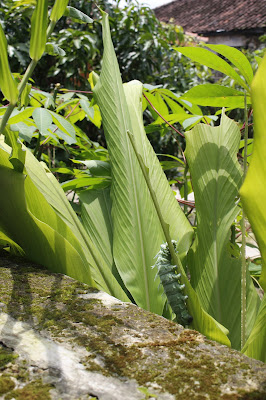
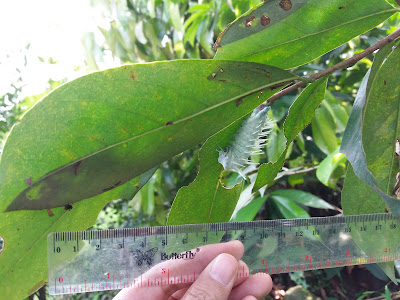
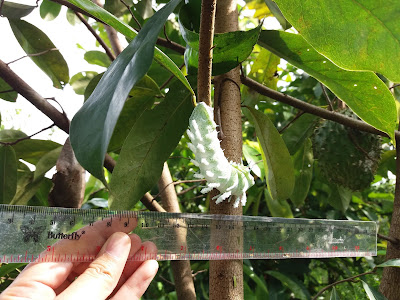
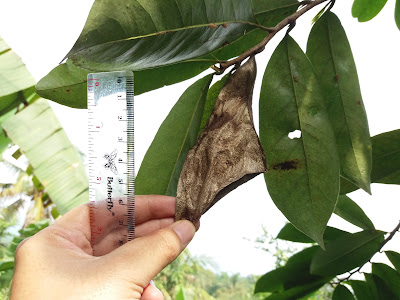

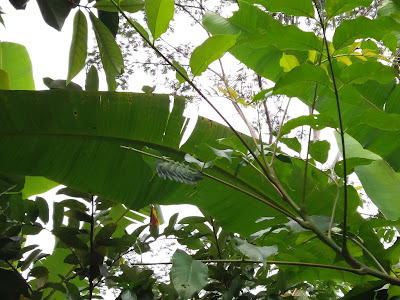
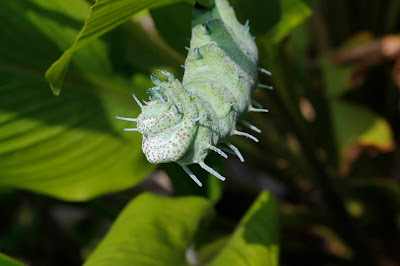

wow kereeennn!!!
ReplyDeleteAlhamdulillah😊
DeleteWahhh mantul ka... keren 👍izin buat tambahan referensi ka ☺
ReplyDelete👍👍👍👍👍
ReplyDelete